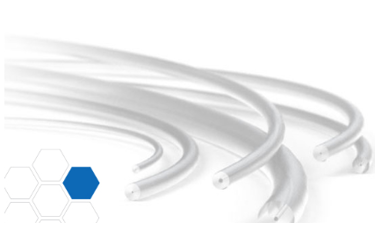PFA Tubing: Key Characteristics And Benefits

PFA (Perfluoroalkoxy) tubing is an advanced material engineered for purity, flexibility, and performance in demanding applications, particularly within the life sciences and medical devices industries. It was introduced in 1972 as part of the Teflon family and is now a trusted component in both environmental and semiconductor industries. PFA is often a good, general replacement for PTFE and, while more expensive than FEP, it offers a higher maximum recommended use temperature and fewer impurities for sensitive fluidics. Its key characteristics include an ultra-high purity, a smooth bore, and a low friction coefficient. It combines the strengths of both PTFE and FEP, delivering high chemical resistance and strong tensile performance.
Key properties include a pH range of 0-14 and a recommended use temperature up to 80 degrees Celsius. PFA tubing is autoclavable and can be sterilized using ethylene oxide or thermal techniques. With the correct fittings and torque, the tubing can handle continuous pressures up to 3000 psi (207 bar) when tested at room temperature. For precise applications, it is manufactured with tight tolerances, such as 0.001 inches for $1/16$ inch OD/ID tubing.
Get unlimited access to:
Enter your credentials below to log in. Not yet a member of Med Device Online? Subscribe today.
